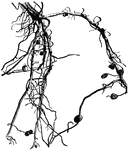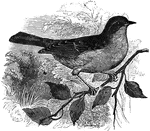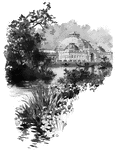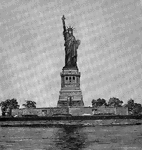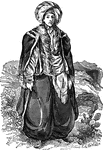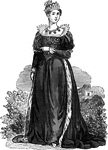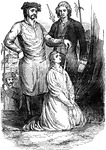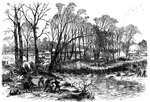
Battle of Stone River
"Battle of Stone River, Tenn. The decisive charge of General Negley's division across the river- the…

Battle of Stone River
"Battle of Stone River, Tenn. Decisive charge and capture of Byrne's Confederate battery by the Seventy-eighth…

Thanksgiving Ball
"Soldiers and women participating in a Thanksgiving Ball. Thanksgiving festivities at Fort Pulaski,…
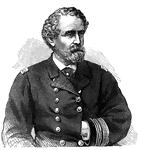
Rear Admiral James Alden
"Rear Admiral Alden, born in Portland, Me., March 31st, 1810, died in San Francisco, Cal., February…

War in Georgia
"The war in Georgia- Stevenson, Ala., depot for General Rosecrans's Army. The campaign of General Rosecrans…

Belle Isle
"View of Richmond, Va., from the prison camp at Belle Isle, James River. Belle Island is situated in…
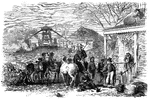
Bummers
"Sherman's 'Bummers' foraging in South Carolina. Our artist sent us with this sketch of 'Bummers Foraging'…
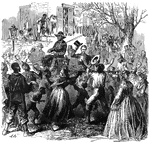
President Lincoln
"President Lincoln riding through Richmond, Va., April 4th, 1865, and the enthusiastic cheers of the…
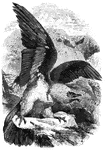
Lammergeyer
The lammergeyer (Swiss for "lamb-killer") is a member of the vulture family, but has a notably feathered…
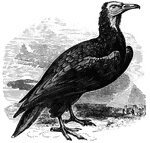
Egyptian Vulture
N. percnopterus, common to Africa, sometimes found in Southern Europe and in Asia. Males and…
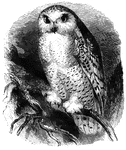
White Owl
The white owl (also known as the snowy or ermine owl), found in the colder latitudes of the world. Its…
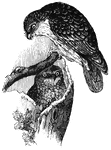
Athene conneviens
Athene conneviens, which derive their name from the Greek goddess of wisdom, supposedly for their meditative…
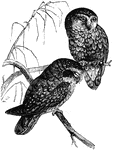
Athene Maculta
Athene maculta, which derive their name from the Greek goddess of wisdom, supposedly for their meditative…
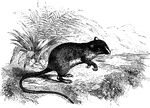
Gerbil
"They are somewhat rat-like in appearance, but are noted for the elegance of their forms, the length…
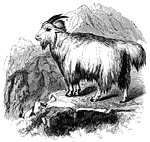
Rocky Mountain Goat
"Both male and female have small horns, and hair of a white color. They live in small flocks in the…
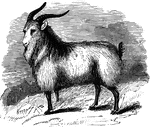
Common Goat
"They inhabit most of the world, and live in the scanty herbage of rocky places, where no other domestic…
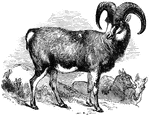
Mouflon
"The animals of this genus are distinguished by short tails, rogh hair; and enormous horns; they live…

Sixteenth Regiment
"The Sixteenth Regiment, Ohio Volunteers, under Colonel Irwine, crossing the tray run viaduct, near…

Meadow Pipit
Also known as the titlark, the meadow pipit prefers to live on steep and arid slops, subsisting on a…

Ten Broeck
"The fastest race horse in the world. His best time, May 24, 1877, was 1.39 for one mile." — S. G.…
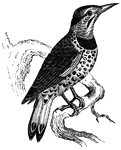
Golden-Winged Woodpecker
The golden-winged woodpecker is known for burrowing its own holes into live trees to use as a nest.
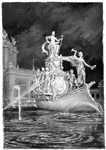
World's Fair
"The World's Fair at Chicago. Central portion of MacMonnies Fountain- effect of electric light."—E.…
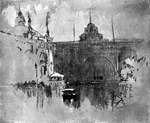
World's Fair
"The World's Fair at Chicago. The doorway of the transportation building."—E. Benjamin Andrews 1895
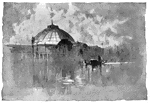
World's Fair
"The World's Fair at Chicago. Dome of horticultural building at night."—E. Benjamin Andrews 1895
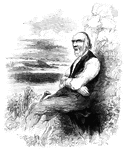
Isaac Rice
Isaac Rice was the name of our octegenarian guide. Like scores of those who fought our battles for freedom,…

Arnold Wounded
Place where Arnold was wounded. This view is in a narrow alley near the north end of Sault au Matelot…

Wild Pigeons
Once one of the most numerous bird species in the world, the common wild pigeon of the United States…
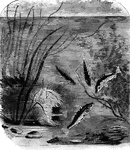
Sticklebacks and Nest
"A few fish, however, form a sort of nest for the protection of their eggs and young; and in some instances,…
Shanny
"A very curious species, five sinches long, remarkable for creeping out of the water with their pectoral…
Anchovy
"A small silvery fish, four or five inches long; it is taken in vast numbers i nthe Mediterranean, where…
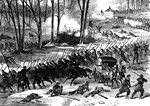
Battle of Stone River
"Battle of Stone River, Tenn. The decisive charge of General Negley's division across the river- the…
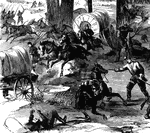
Battle of Stone River
"Battle of Stone River, Tenn. The decisive charge of General Negley's division across the river- the…
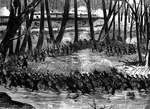
Battle of Stone River
"Battle of Stone River, Tenn. The decisive charge of General Negley's division across the river- the…
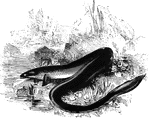
Common European Eel
"These have an elongated form, and a soft, thick, slimy skin; the scales are very minute, and imbedded…
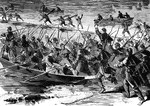
The Forlorn Hope
"'The Forlorn Hope.' Volunteers storming party, consisting of portions of the Seventh Michigan and Nineteenth…
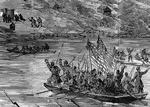
The Forlorn Hope
"'The Forlorn Hope.' Volunteers storming party, consisting of portions of the Seventh Michigan and Nineteenth…
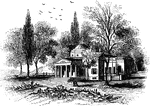
Monticello
"Monticello, Governor Jefferson's place of retirement. This venerated mansion is yet standing, though…
Sowing
"Egyptian Sowing. The people were mainly agricultural, but employed rude methods of cultivation. In…

Pompey
"Pompey was one of the men, who, having distinguished himself in foreign wars, was looked upon as the…

Gustavus Adolphus
"Gustavus Adolphus entered Germany at the head of 16,000 men. Among some of the Protestants there was…
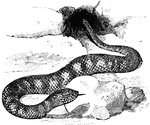
Acanthophis
"A genus of venomous serpents, they are of small size, live on dry land, and feed upon frogs, lizards,…
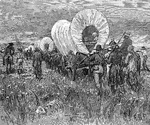
Western Train
"A western emigrant train. The occupation of the west. With every year the line of settlements was pushed…

Edgar Allan Poe
"Edgar Allan Poe, the son of a Baltimore gentleman and an actress, Elizabeth Arnold, was born in Boston,…
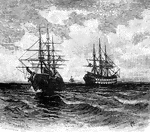
Atlantic Cable
"Laying the Atlantic Cable. In 1866, a previous attempt in 1858 having failed, a telegraphic cable was…
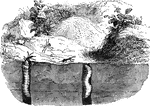
Tiger Beetle Larve
"The common European species, Cincindela campestris, may be found flying and running around…
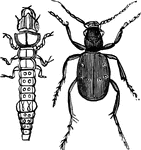
Tiger Beetle and Larvae
"The common European species, Cincindela campestris, may be found flying and running around…
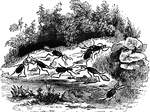
Bombadier Beetle
"The bombadier beetle has a large oval abdomen, which secretes a caustic fluid. They live in societies,…
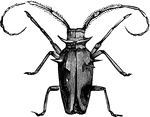
Capricorn Beetle
"The insects of this tribe, called Capricorn Beetles and distributed throughout most parts…
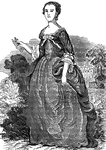
Martha Washington
Martha Danridge was born in the county of New Kent, Virginia, in May, 1732. Martha was a widow of Park…
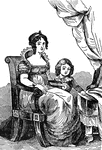
Maria Louisa
The second wife of Napoleon Bonaparte. Born December 12, 1791 and died on December 17, 1847.
